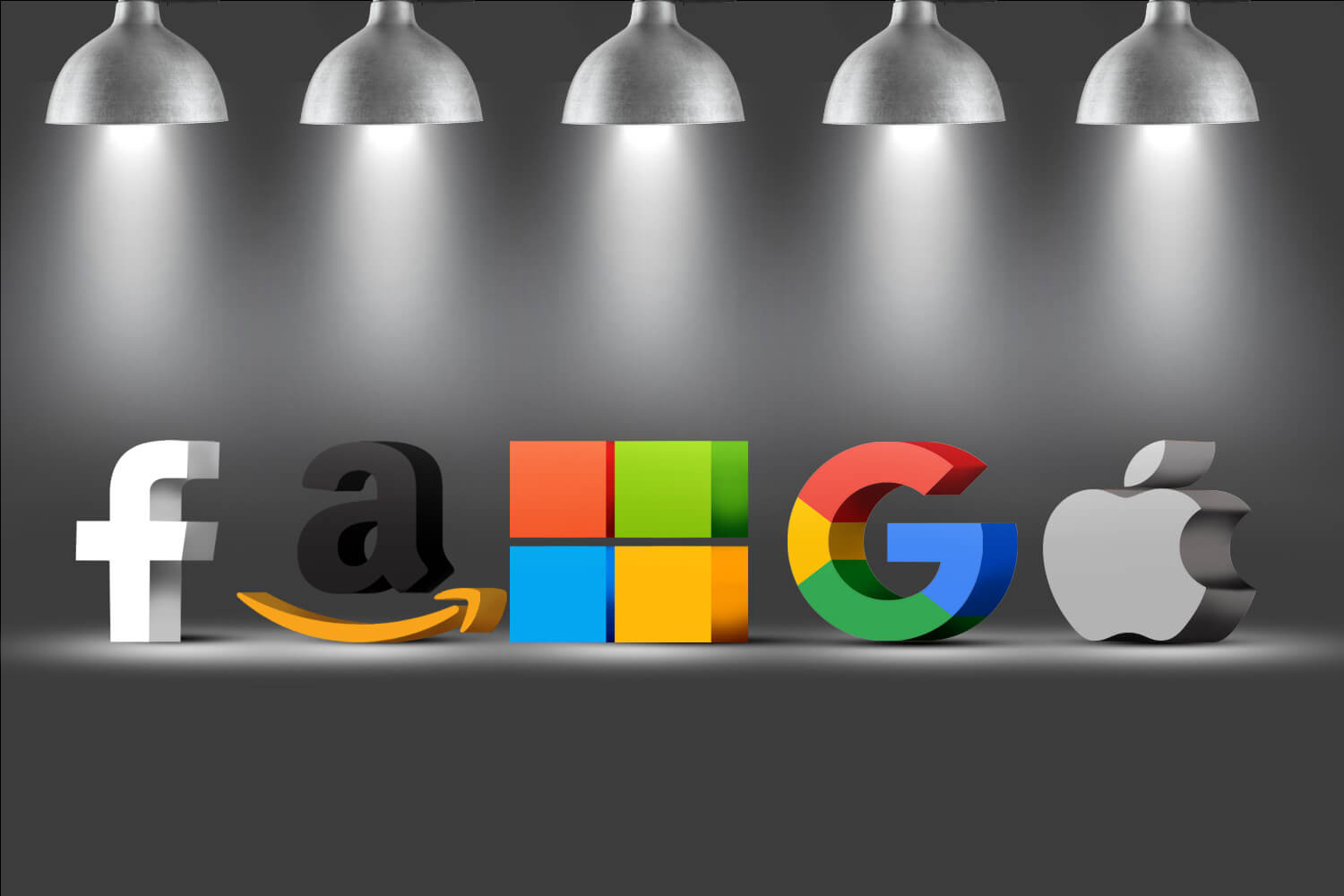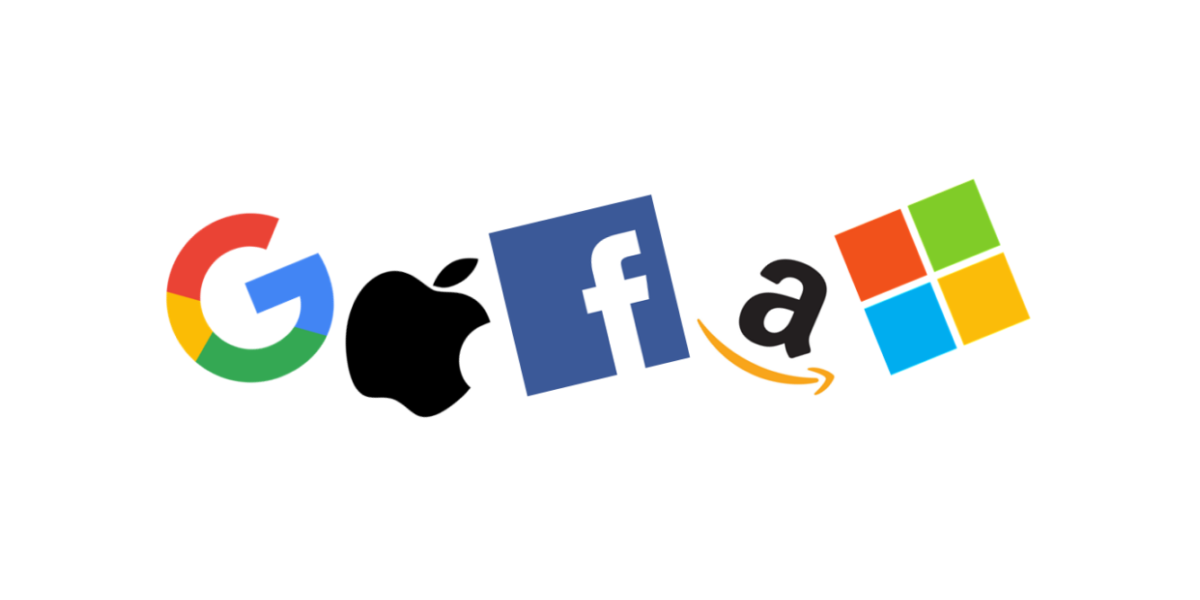
The analogy might seem stupid or funny to many, but I just couldn’t help but remember the movie Batman Begins while reading the news about the CCI’s Cement Cartel Decision. Think about it, just like the Batman, there are now those who love the CCI, proud that someone decided to teach the big corporations a lesson, and there are those who hate the CCI, who are not only crying themselves hoarse on the injustice meted out to the Cement Manufacturers’ Association (CMA) and its affiliated companies and who will surely appeal to the COMPAT, and if required, even the Supreme Court.
While I do support the decision (a day may come when I shall become Anti- CCI, but it is not today and shall probably not come for quite some time), there are a few questions or points which do merit consideration, just for the sake of clarification, if nothing else. They are as follows:
1. Almost all the companies as respondents have contended that there profits actually fell for the period in consideration, and hence, no benefit actually accrued to the companies who were allegedly members of the cartel. Even assuming that this is true, the argument is irrelevant under competition law. The U.S. Supreme Court held as far back as 1927 in United States v. Trenton Potteries Co. et. al., 273 US 392 (1927) that
“the aim and he aim and result of every price-fixing agreement, if effective, is the elimination of one form of competition. The power to fix prices, whether reasonably exercised or not, involves power to control the market and to fix arbitrary and unreasonable prices….Once established, it may be maintained unchanged because of the absence of competition secured by the agreement for a price reasonable when fixed. Agreements which create such potential power may well be held to be, in themselves, unreasonable or unlawful restraints without the necessity of minute inquiry whether a particular price is reasonable or unreasonable as fixed and without placing on the government”
The decision was further affirmed in United States v. Socony-Vacuum Oil Co., 310 US 150 (1940) wherein it was observed
“Any combination which tampers with price structures is engaged in an unlawful activity. Even though the members of the price-fixing group were in no position to control the market, to the extent that they raised, lowered, or stabilized prices, they would be directly interfering with the free play of market forces.”
2. Circumstantial Evidence also seems to have become a bone of contention with every respondent contending that the circumstantial evidence is not good enough to prove a cartel. This IS a contentious issue since the use of circumstantial evidence in competition law is as of now debatable. I would prefer to let the OECD do the talking on this subject, through their excellent policy roundtable paper on the same. The key point to note is that their primarily two forms of circumstantial evidence, communication evidence and economic evidence. Of the two, communication evidence is considered to be the more important as economic evidence is often ambiguous due to the multiple interpretations available for the same. This is more than evident in the Order itself, wherein a number of respondents have relied on the affidavits and expert opinion of economic experts to substantiate their case. ( One sees to get the impression that all of them have their own opinion regarding the same !! 😀 Also, pages 156 and 157 of the Order speak on the Commissions decision of circumstantial evidence).
3. There is a prickly issue in the claim that the collection of the information was asked by the government itself, and that after the closure of the Office of Development Commissioner of Cement Industry (DCCI) in 1989, the CMA was directed by the Department of Industrial policy and Promotion to collect and submit data which was earlier collected by the DCCI. Now Section 54 clearly allows the Central Government, by notification to exempt any enterprise or class of enterprises from the provisions of the Act where that enterprise performs a sovereign function on behalf of the Central Government. Also, in case an enterprise is engaged in any activity including the activity relatable to the sovereign functions of the Government, the Central Government may grant exemption only in respect of activity relatable to the sovereign functions. The collection of such information by the CMA for the Ministry of Commerce can be interpreted as the performance of the sovereign function for the Central Government. The catch: I could not find any notification issued by the Central Government published in the Gazette which grants such an exemption to the CMA. If the respondents possess one, then good for them. It will be a very strong argument before the COMPAT.
4. I don’t see the relevant market issue ( See pages 184 and 233 of the Order) as a serious problem as long the evidence points to a general collusion. However, only further proceedings before the COMPAT help us understand this issue better.









